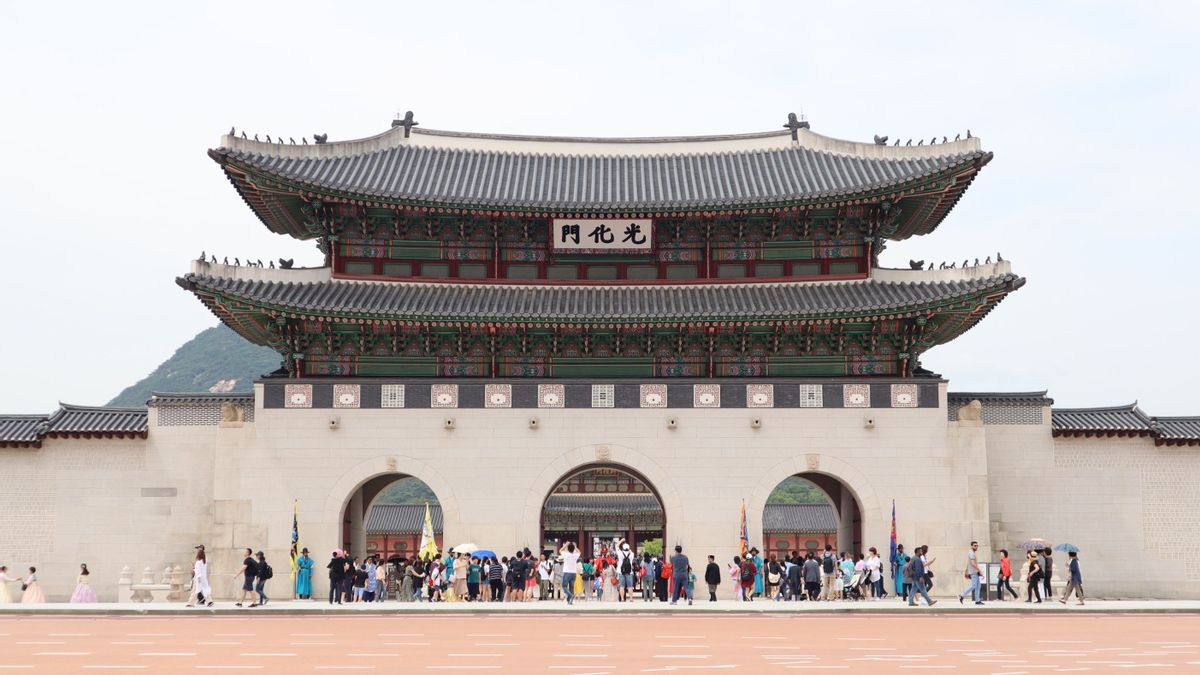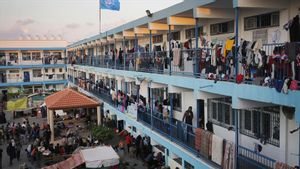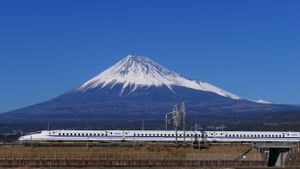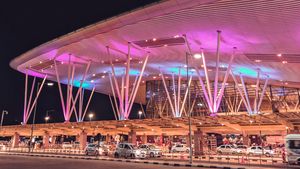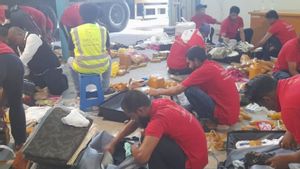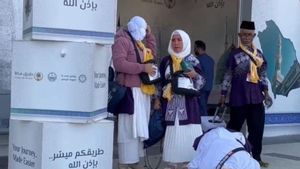JAKARTA - The Joseon-era ritual stage in front of Gwanghwamun, which was damaged during the Japanese colonial period in 1910-45, will be restored in October, the Cultural Heritage Administration (CHA) said.
"Woldae" is the name for the terrace on which the kings performed rituals or public ceremonies during the Joseon Kingdom 1392-1910. The Woldae, which was in front of Gwanghwamun, was damaged by the construction of roads and the laying of tram tracks during Japan's 35-year occupation.
According to the "Daily Note of the Construction of the Gyeongbokgung Palace," a note on the reconstruction process from early April 1865 to completion in July 1868, Woldae was founded in 1866 during the reign of King Gojong. Whether this palace existed at the beginning of the Joseon period before the Immjin War (1592-98) is still unknown, according to CHA officials.
The distance from north to south of the original Woldae is 48.7 meters and the width of the large platform from the rectangular stone is 29.7 meters from west to east.
It is equipped with stone tracks on the left and right, special roads for the king in the middle, and stairs and slopes in the south. The king's path is seven meters wide, surrounded by stone tracks to make it more dignified to connect to Gwanghwamun, the main gate of Gyeongbok Palace.
"The excavation of the eastern ruins of Woldae is still relatively original, making it possible to reconstruct the entire Woldae display during the reconstruction of Gyeongbok Palace by King Gojong," a CHA official said at a press event held at the Korea National Palace Museum. April 25th
Woldae is an architectural structure made of stone and handheld, filled with soil. This is the only case in Korea where the stairs are placed around the palace's main gate and a podium is built.
The sodium was believed to have been destroyed in 1923 when Japan closed the space with tram lines, according to CHA.
"The base of the stone remains in excellent condition because it is closed by the road, not completely torn down," explained Professor of Archeology Shin Hee-kwon.
Officials said the government would restore the area in October to preserve historical identities from the venue. Meanwhile, Gwanghwamun Gyeongbok Palace was founded in 1866 when Heungseon Daewongun rebuilt Gyeongbok Palace.
The English, Chinese, Japanese, Arabic, and French versions are automatically generated by the AI. So there may still be inaccuracies in translating, please always see Indonesian as our main language. (system supported by DigitalSiber.id)
